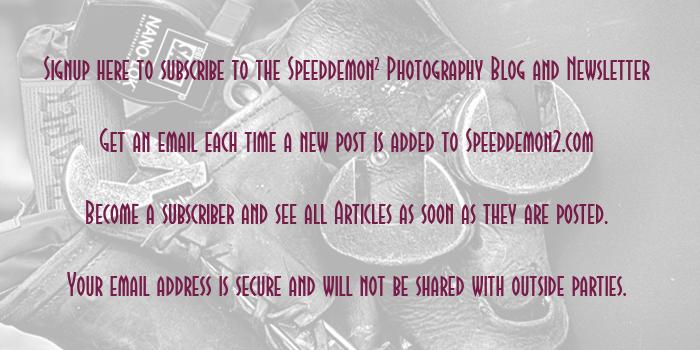
Click on the image to enlarge it in a new window.
Sometimes the simplest approach to processing with plug-ins can yield good results without a lot of time consuming steps. A case in point is this image that I used Topaz Adjust on to create a faux HDR version. I worked with the zero EV frame and applied the Spicify preset. I then tweaked the sliders in Spicify to get the texture and contrast I wanted, then I returned it to Aperture 3 and sharpened it for the final image you see here. While in Topaz Adjust I also added a small black border that, to my thinking, helps isolate the image on the page.
==========================================================
I have an affiliate relationship with Topaz Labs, and earn a small commission on any sales that are made by using the Topaz Labs link below, which helps support this site. Even if you aren’t ready to make a purchase you can use the link to access a Free 30 day Trial of Topaz Labs products to determine whether or not they will fit your own digital workflow.
http://www.topazlabs.com/705.html
==========================================================







